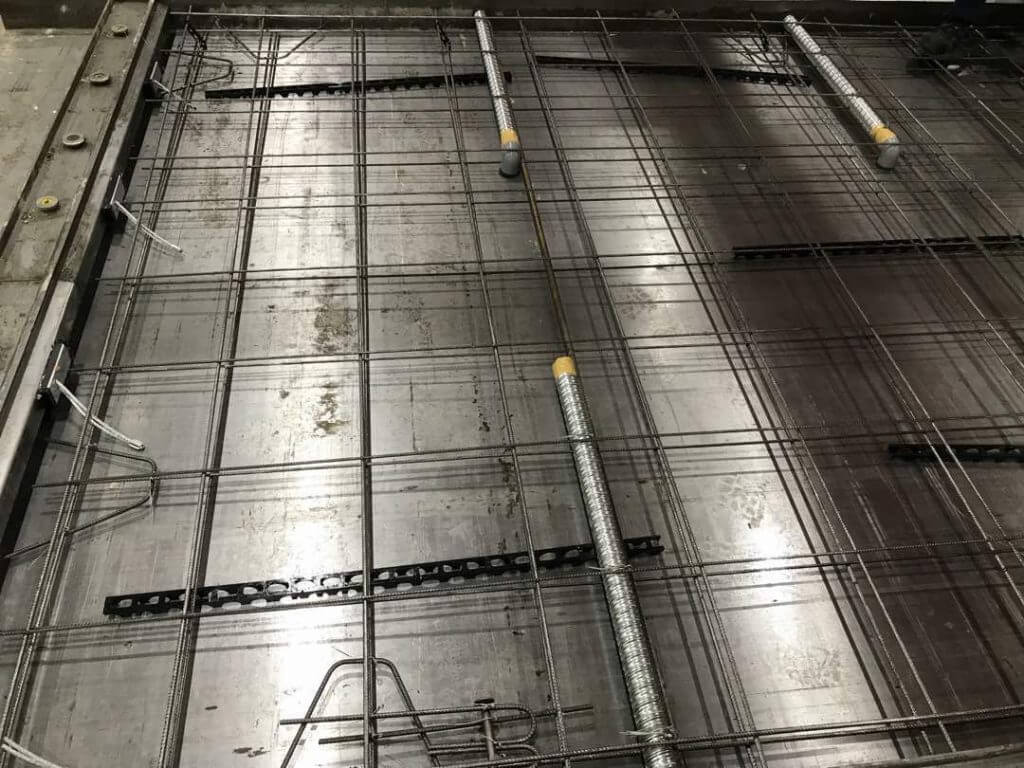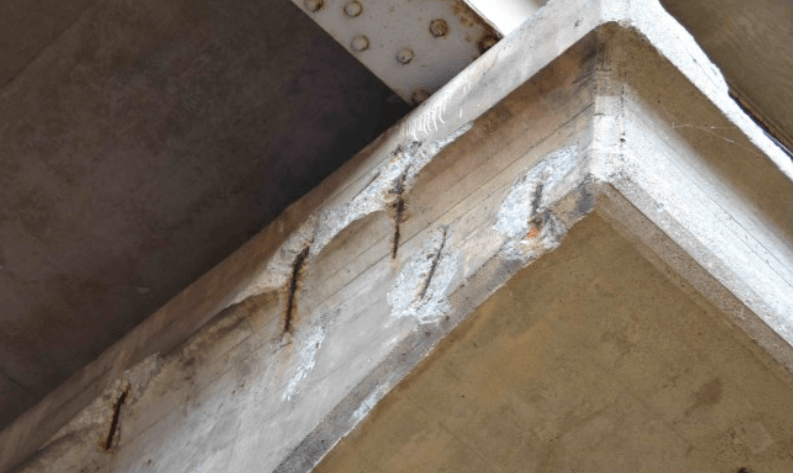Selection of the Right Spacer
Concrete or Plastic spacers are little accessories used to maintain the position of rebars in the concrete structures before pouring the concrete. This is necessary to maintain a clear distance (cover) between the surface of the concrete and the rebar, as if there is insufficient cover, the rebar will start to corrode and result in spalling concrete. These spacers then become the permanent part of the structure after pouring. Although different types of spacers have similar features but the selecting the right one will ease the construction efficiently and safely. Hence, the selection of spacer will be based on the following factors:
Height of Spacer
The minimal height of spacer is equivalent to the dimension of the spacer to form the exact concrete cover for the rebar in concrete. Hence, this is the key specification needed while ordering. With the multi-dimension spacer, the heights for supporting the rebars will vary in depend on the position of installation. In a project, where the reinforced concrete structures have various concrete cover thicknesses, it is practical to select the multi dimension spacers with the appropriate dimensions.
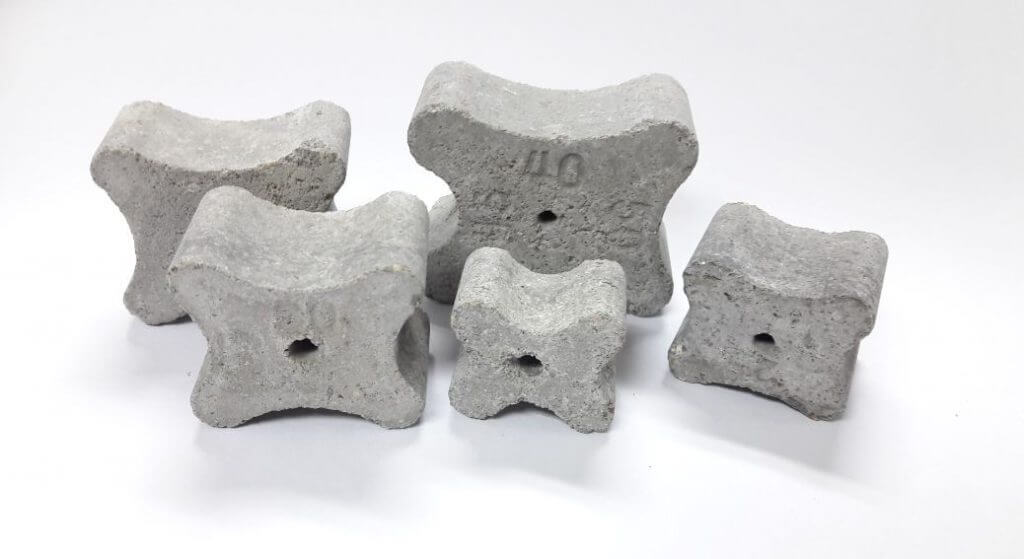
Different heights of concrete spacer
Firmness of Subgrade
The spacers placed under the rebar mesh will be impacted by the forces from above such as the weight of rebars, workers and machines. If the contact area of the spacers with the soil/stone subgrade are not suitable, they can settle during construction. This condition will reduce the concrete cover thickness as required. Hence, if the subgrade is not firm, the spacers will need sufficient contact areas or some additional plates to spread the load from the spacer.
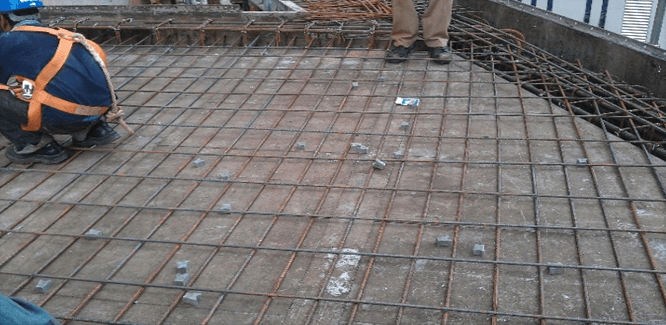
Suitable and sufficient of concrete spacers are essential to avoid reduction of concrete cover thickness
Material
The material of the spacer being selected needs careful consideration as each material type has its pros and cons. Plastic spacers provide no compromise in terms of serviceability, but are generally weaker than steel and concrete versions. Therefore, if the cage being supported is very heavy or if the rebar has a high risk of being walked on, then plastic spacers should only be selected with extreme care. Steel spacers are more robust, but come with the added problem that there will be some non-structural steel within the cover zone. This can often lead to small rust spots being visible on the concrete surface, so if the surface is exposed and visible, steel spacers should also be avoided. In general, the simple concrete spacers can be used for all structures, providing the concrete spacer grade is similar to that of the surrounding concrete. Too much variation in properties can lead to localised cracking and compromise the integrity of the concrete locally around the spacer. There are many kind of spacers with various shape and use for selection. The users should firstly analyse the conditions and then select the right product in order to obtain the best efficiency.
Moment plastic fast spacer- Designed for low loads
Connection of Spacer and Rebar
There are a few examples of common options of connection between spacer and rebar:
a) Spacers are placed on horizontal surface and support the steel rebar above. By the weight and fixation of steel mesh then the spacers can be fixed without the binding connection. In this case, the spacer works as the blocks to form the right cover thickness. The long plastic spacer (continuous spacer) is the most cost effective alternative, placing under low loads area. It can be used in non-critical locations.
b) The spacer with tie wire or plastic/steel hooks for connection with rebar. By hook or tied-wire, the spacers are fixed at right positions and not falling out. This kind of secure connection is critical when spacers are vertically placed (when rebar cage is lifted or vibration of concrete).
c) The spacer with holes at their centers for inserting the rebar. Consequently the spacer can connect with the rebar and will not be taken apart even if the rebar moved.
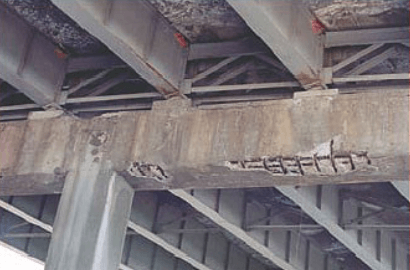
Consequences of without proper concrete spacer- Vulnerable to corrosion and the concrete to early deterioration
Related Articles You May Be Interested In



